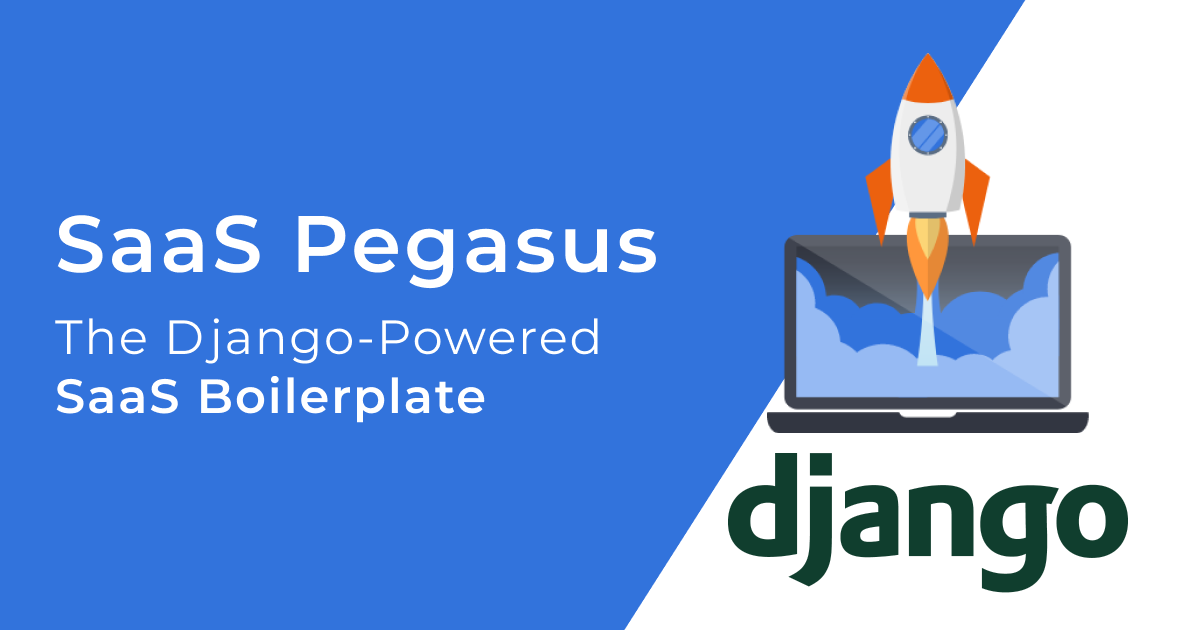Multi-CDN Strategies for Third-Party Assets
Advantages of multi-CDN strategies for third-party assets to enhance performance, reliability, and security in content delivery.

Multi-CDN strategies are essential for improving the performance, reliability, and security of third-party assets. By leveraging multiple content delivery networks (CDNs), businesses can reduce latency, ensure failover protection during outages, manage costs more effectively, and optimize content delivery speeds. Here’s a quick breakdown of the key benefits and features:
- Performance: Deliver content faster with latency-based routing and geographic distribution.
- Reliability: Ensure uninterrupted service with intelligent failover and health monitoring.
- Cost Efficiency: Optimize traffic routing based on real-time pricing and performance.
- Security: Protect assets with DDoS protection, SSL/TLS management, and consistent access controls.
Quick Overview of Multi-CDN Features:
- Dynamic Load Balancing: Routes traffic based on performance, location, and custom rules.
- Failover Protection: Automatically shifts traffic to backup CDNs during outages.
- Performance Optimization: Uses advanced protocols like HTTP/3 and preloading assets.
- Cost Management: Balances traffic to minimize costs without sacrificing quality.
Whether you’re managing high-traffic applications or smaller-scale deployments, multi-CDN strategies can help you maintain fast, reliable, and secure content delivery. Tailor your approach based on your traffic scale, budget, and technical needs.
Optimizing Multi CDN Architectures with DNS Load Balancing
1. Core Multi-CDN Features
Multi-CDN setups for third-party assets rely on a combination of essential features to ensure smooth and efficient content delivery. Let’s break down what makes these systems work:
Dynamic Load Balancing
Multi-CDN systems use real-time data to manage traffic effectively:
- Latency-Based Routing: Directs requests based on the fastest response times.
- Geographic Distribution: Leverages local points of presence (PoPs) for better performance.
- Health Checks: Continuously monitors CDN endpoints to detect issues.
- Custom Rules: Allows traffic steering based on specific conditions or requirements.
These techniques work hand-in-hand with failover mechanisms to keep performance steady.
Intelligent Failover
Failover systems are key to avoiding downtime and ensuring uninterrupted service:
| Feature | Purpose | How It Works |
|---|---|---|
| Health Monitoring | Checks endpoint availability | Uses active and passive checks |
| Failover Triggers | Switches providers during issues | Triggered by errors or slow responses |
| Recovery Process | Restores services gradually | Gradual traffic rebalancing |
| Backup Routes | Provides alternative paths | Uses secondary and tertiary CDNs |
Performance Optimization
To boost delivery speed, multi-CDN systems use several strategies:
- Choose the fastest CDN based on real-time performance data.
- Preload frequently accessed assets to reduce load times.
- Automatically apply the best compression settings.
- Support advanced protocols like HTTP/3 and QUIC for faster connections.
Cost Management
Cost efficiency is built into multi-CDN systems with smart routing and traffic management:
- Directs traffic based on provider pricing and regional costs.
- Balances traffic during peak usage to prevent overcharges.
- Distributes traffic across providers to optimize spending.
These features help maintain a balance between performance and cost without sacrificing quality.
Security Integration
Security is a critical element in multi-CDN architectures, ensuring assets are protected throughout the delivery process:
- DDoS Protection: Shields against distributed threats by spreading traffic across multiple providers.
- SSL/TLS Management: Manages certificates seamlessly across CDNs.
- Access Controls: Enforces consistent security policies across networks.
- Threat Intelligence: Shares security insights among CDNs to stay ahead of potential risks.
These features work together to deliver third-party assets reliably, securely, and efficiently, all while keeping costs under control.
2. Best SaaS Boilerplates
Choosing the right boilerplate can simplify the process of integrating multi-CDN strategies for third-party assets. Here’s how battle-tested boilerplates help optimize multi-CDN asset management.
Cloud Provider Integration Support
These boilerplates come with pre-configured setups for platforms like Vercel, Netlify, AWS, and Cloudflare. This makes it easier and faster to deploy multi-CDN solutions, cutting down the time and effort needed to configure distributed asset delivery networks.
Framework-Specific Solutions
Boilerplates tailored for specific frameworks, like Next.js, take advantage of built-in features for handling images and static assets. This reduces development effort while improving the efficiency of multi-CDN setups.
Performance-Focused Features
Key features include tools for tracking load times, one-click deployment for consistent setups, and compatibility with distributed storage platforms such as Firebase, Supabase, and MongoDB Atlas.
Cost Considerations
Options range from free boilerplates with basic CDN support to premium versions that can cost up to $3,000. This variety allows teams to choose a solution that fits both their technical needs and budget.
Implementation Support
Comprehensive documentation and resources are available to guide developers through the challenges of setting up and managing multi-CDN frameworks. These materials help avoid common mistakes and ensure smoother integration.
With flexible deployment options, strong support for popular frameworks, and integrations with major cloud providers, these boilerplates are an excellent tool for building reliable multi-CDN asset delivery systems.
Benefits and Limitations
Multi-CDN strategies build on core multi-CDN features to improve content delivery. They help reduce latency, boost availability, and expand geographic reach. This means organizations can maintain better service continuity and cater to users across various regions.
However, adopting a multi-CDN setup comes with its own set of challenges. It can make infrastructure more complex and demand extra operational oversight. To manage this, organizations need effective monitoring tools and processes to track performance, control costs, and handle maintenance efficiently.
Here’s how to tackle these challenges effectively:
- Dynamic CDN Selection: Use real-time performance monitoring to pick the best-performing CDN at any given moment. Set up automatic failover systems to ensure uninterrupted service.
- Cost Management: Optimize routing and caching strategies to save on delivery costs.
- Performance Optimization: Leverage edge-computing and advanced caching methods to speed up content delivery.
These steps can help streamline operations and maximize the advantages of a multi-CDN approach.
Summary and Recommendations
Based on an analysis of core features, performance challenges, and cost considerations, you should align your multi-CDN strategy with your specific business needs and traffic patterns.
For High-Traffic Applications (Over 1M Monthly Visitors)
- Use geo-targeted CDN routing to optimize delivery based on user location.
- Conduct real-time health checks every 30 seconds to ensure reliability.
- Work with at least three CDN providers to handle traffic spikes and maintain redundancy.
For Medium-Scale Deployments (100K–1M Monthly Visitors)
- Set up a dual-CDN configuration with automated failover and cost-efficient regional routing.
- Implement performance monitoring to track and address any issues promptly.
For Small-Scale Applications (Under 100K Monthly Visitors)
- Start with a single primary CDN for simplicity.
- Add a backup CDN for static assets as a precaution.
- Use DNS-based routing to manage traffic with minimal complexity.
Recommended Configurations by Traffic Scale
| Traffic Scale | Recommended CDN Count | Monitoring Frequency | Failover Type |
|---|---|---|---|
| High | 3+ | 30 seconds | Automatic |
| Medium | 2 | 2 minutes | Semi-automatic |
| Small | 1–2 | 5 minutes | Manual |
Key Priorities
To ensure an effective setup, focus on these four areas:
- Performance Metrics: Keep an eye on Time to First Byte (TTFB) and cache hit ratios to maintain speed and reliability.
- Cost Management: Use intelligent routing to strike a balance between performance improvements and operational costs.
- Integration Complexity: Consider using CDN aggregators to simplify the management of multiple providers.
- Security: Apply consistent security policies across all CDN providers to protect your application.
These tailored strategies will help you optimize performance, manage costs, and maintain security effectively.
Recommended SaaS Boilerplates
Below you’ll find three recommended SaaS boilerplates that are well-suited for multi-CDN strategies.






